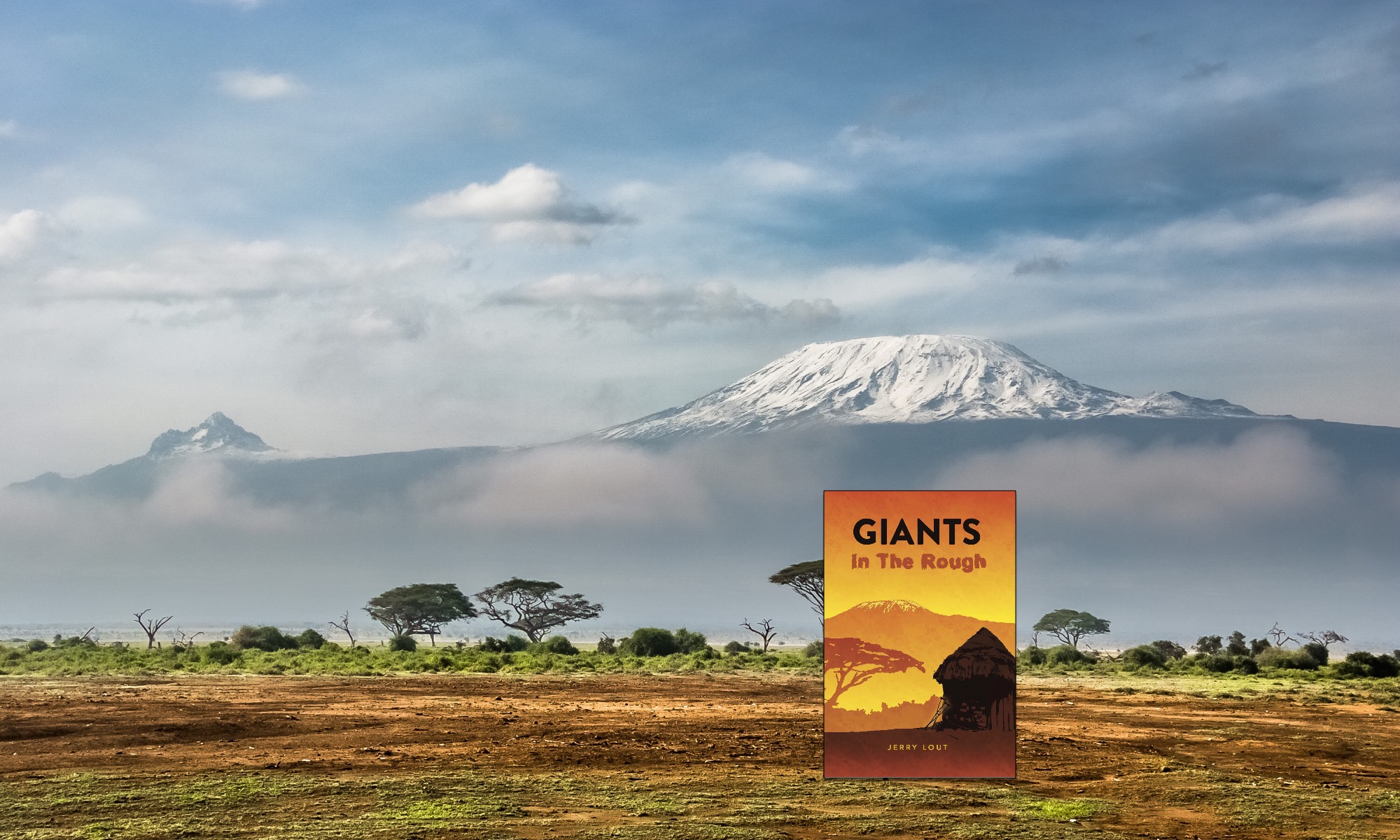Living one day at a time, enjoying one moment at a time.
The phrase follows those widely-read first lines of the Serenity Prayer, “Lord, grant me the serenity to accept the things I cannot change, the courage to change the things I can, and the wisdom to know the difference.”
That ‘living one day at a time’ thing lies, I think, at the heart of apprenticeship to Jesus. His disciples are common people who have chosen to set their day-by-day lives before him first thing every day. This is their aim and their practice. On some days the aim is not achieved. But the attentive Christ-follower has discovered that living in step with Jesus is the best possible thing one could ever do. Such a community of believers are not detoured by the occasional misstep. They routinely make peace with their own humanity and pick up the one-day-at-a-time rhythm at the sun’s fresh rising of the next day.
Heading into each morning in conscious companionship with Christ may seem like a small thing. It is not.
A truckload of mornings through the years found me emerging from sleep in a fog (sometimes caffeine helps there). But also at times a wave of anxiety or even panic has met me as I’ve contemplated what lay ahead in the coming hours. Not the ideal prescription for an unstressed life like that which Jesus prescribes. Indeed, that ‘easy yoke’ he invites his disciples to can often seem a distant and elusive dream. Can we ponder for a minute a scenario C.S. Lewis paints for us. Does anything resonate? Do we sense an invitation?
“It comes the very moment you wake up each morning. All your wishes and hopes for the day rush at you like wild animals. And the first job each morning consists simply in shoving them all back; in listening to that other voice, taking that other point of view, letting that other larger, stronger, quieter life come flowing in. And so on, all day. Standing back from all your natural fussings and frettings; coming in out of the wind.”
If you yearn for the coming-in-out-of-the-wind kind of living, take heart. You and I can find encouragement and hope through a simple first step. By taking a thoughtful look at how Jesus likely got out of bed each day.
©2023 Jerry Lout *C.S. Lewis Mere Christianity







